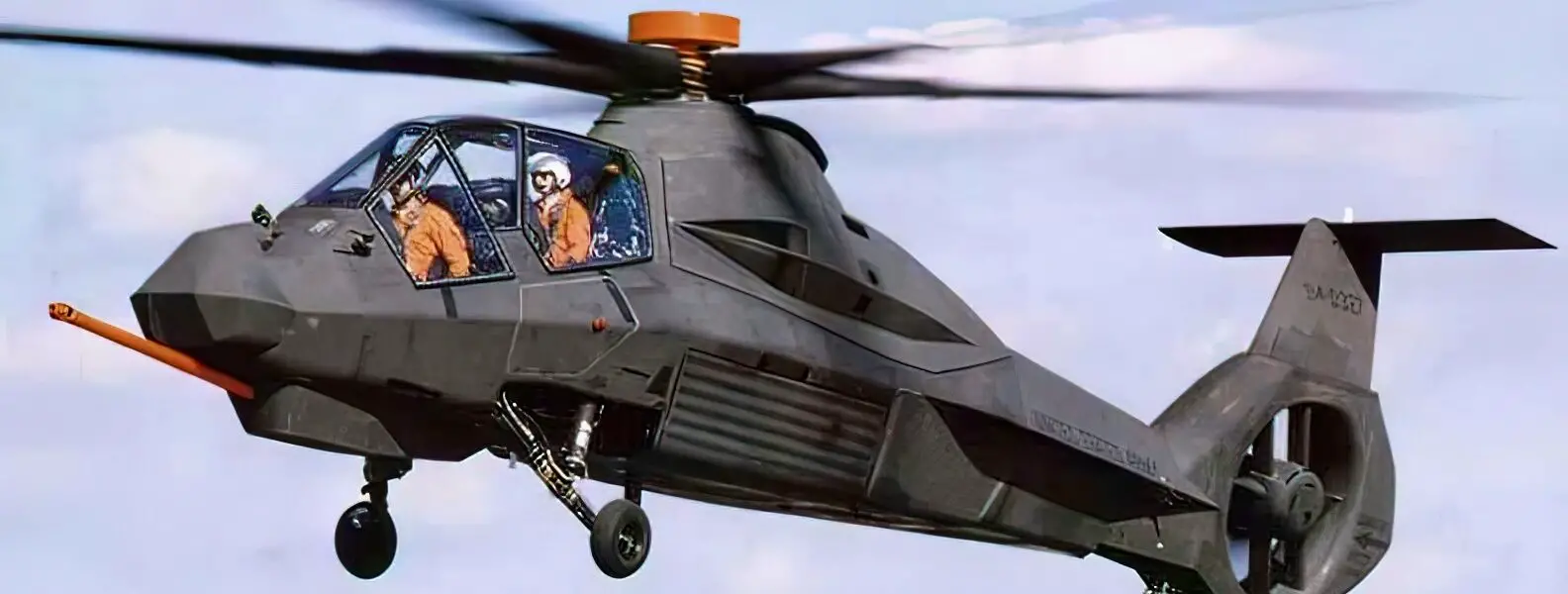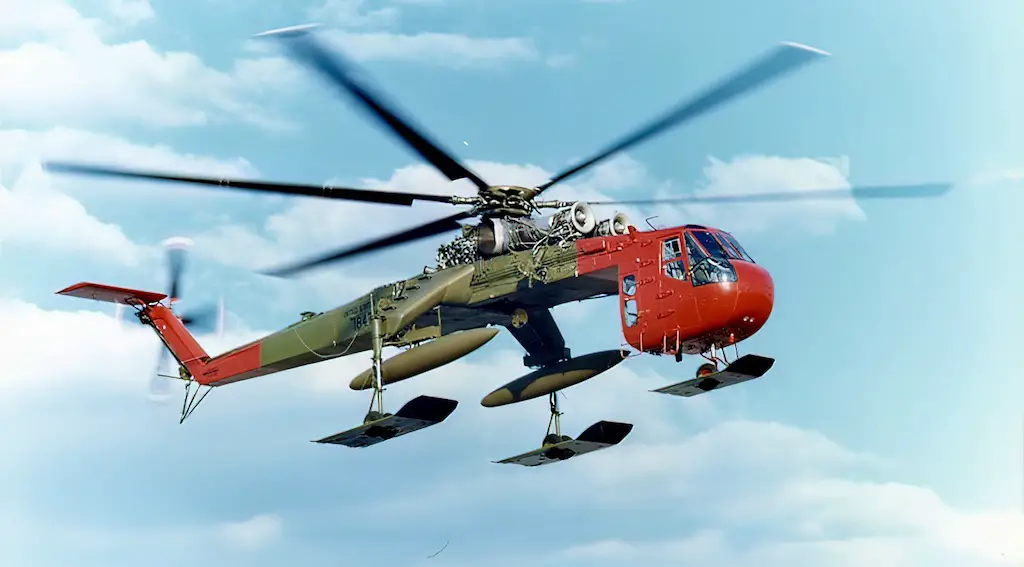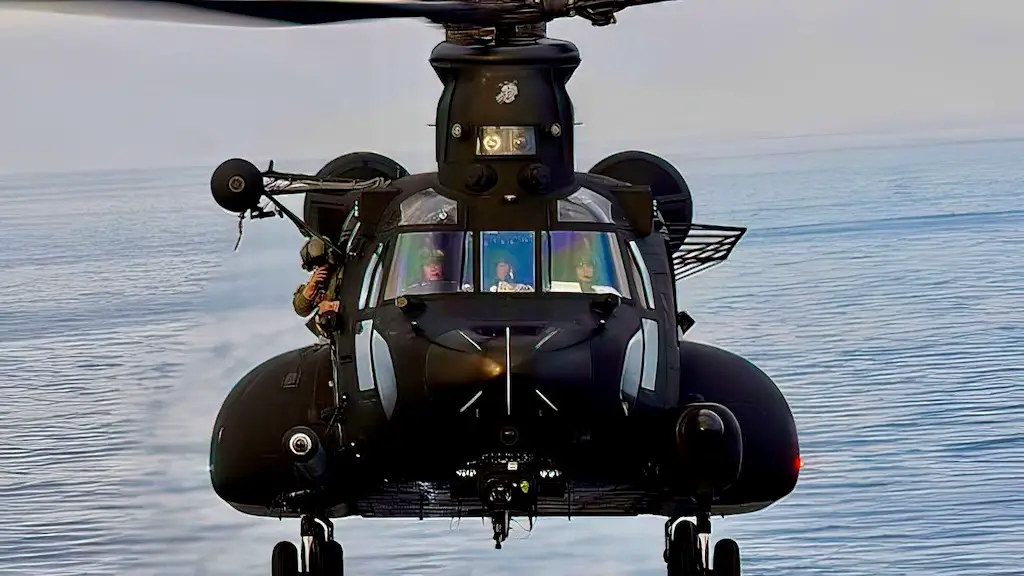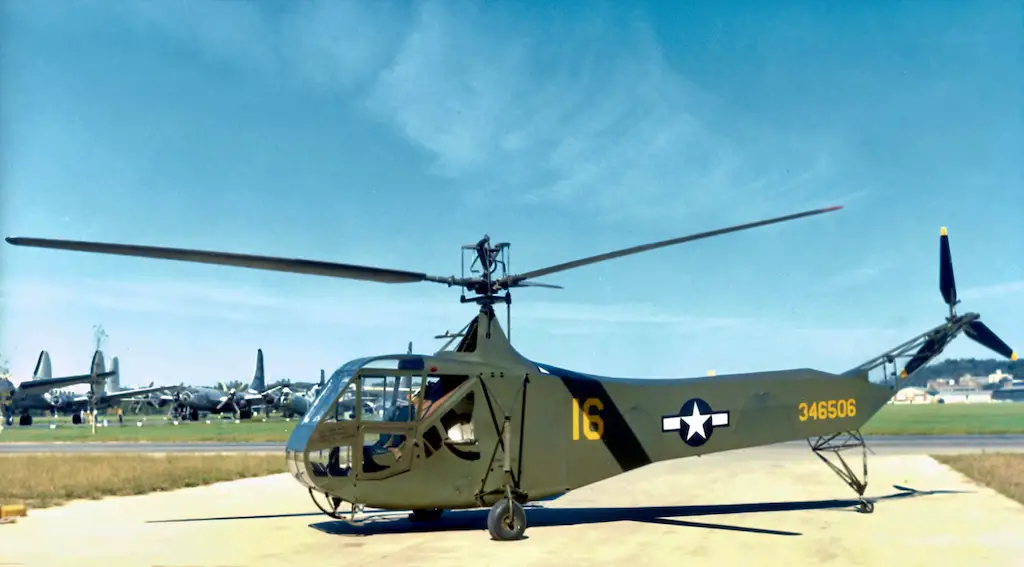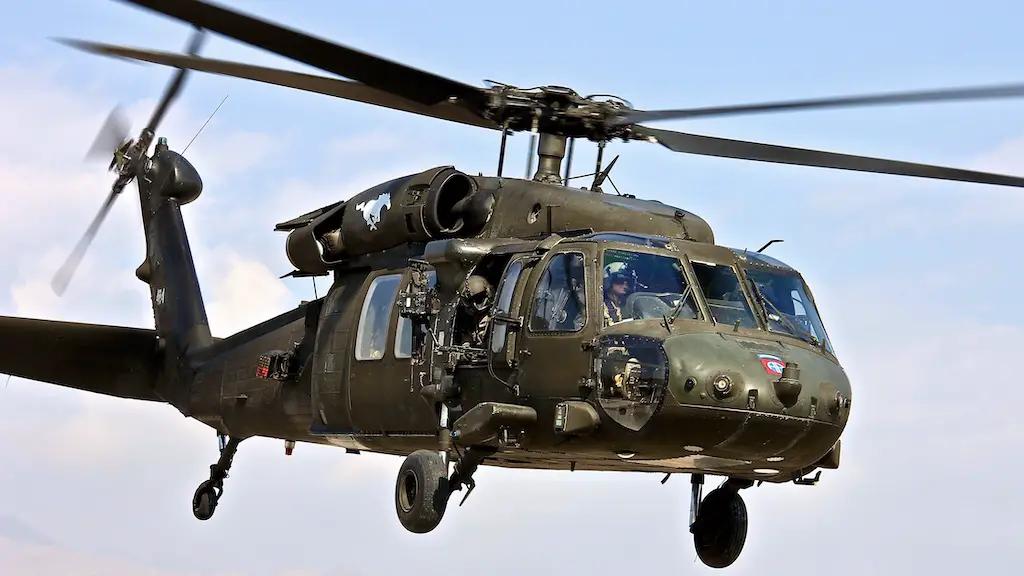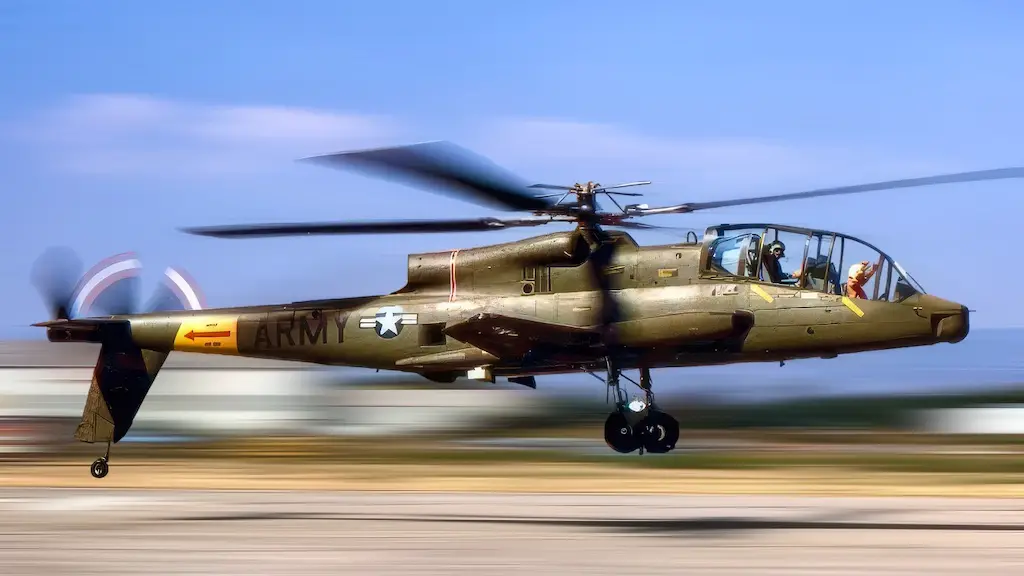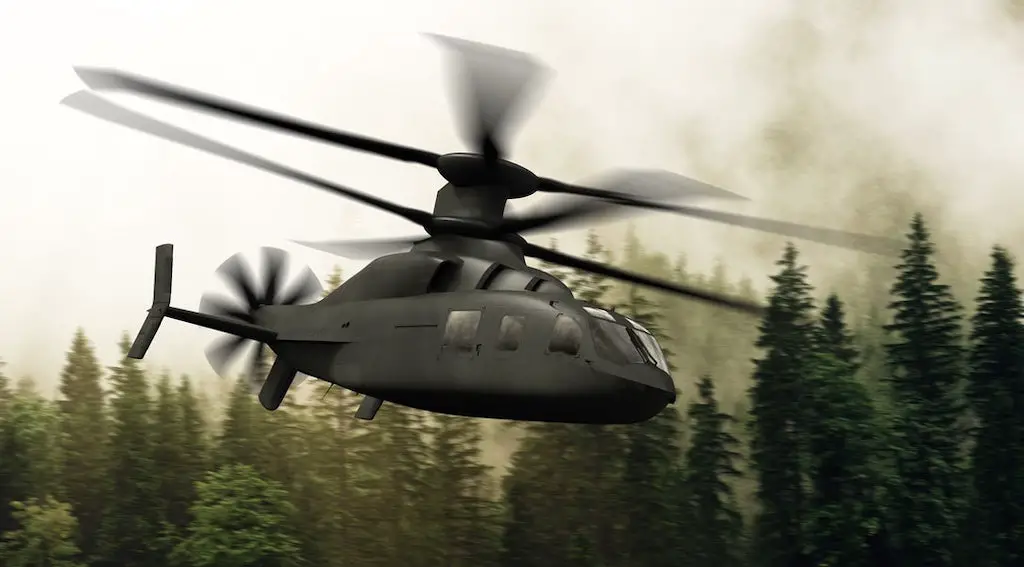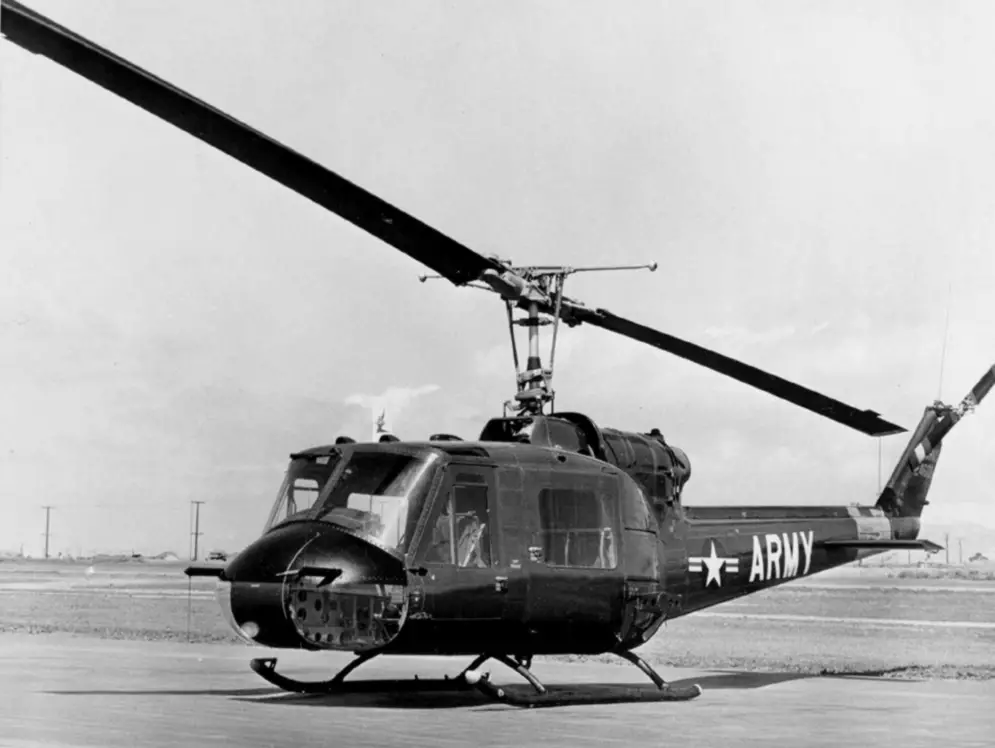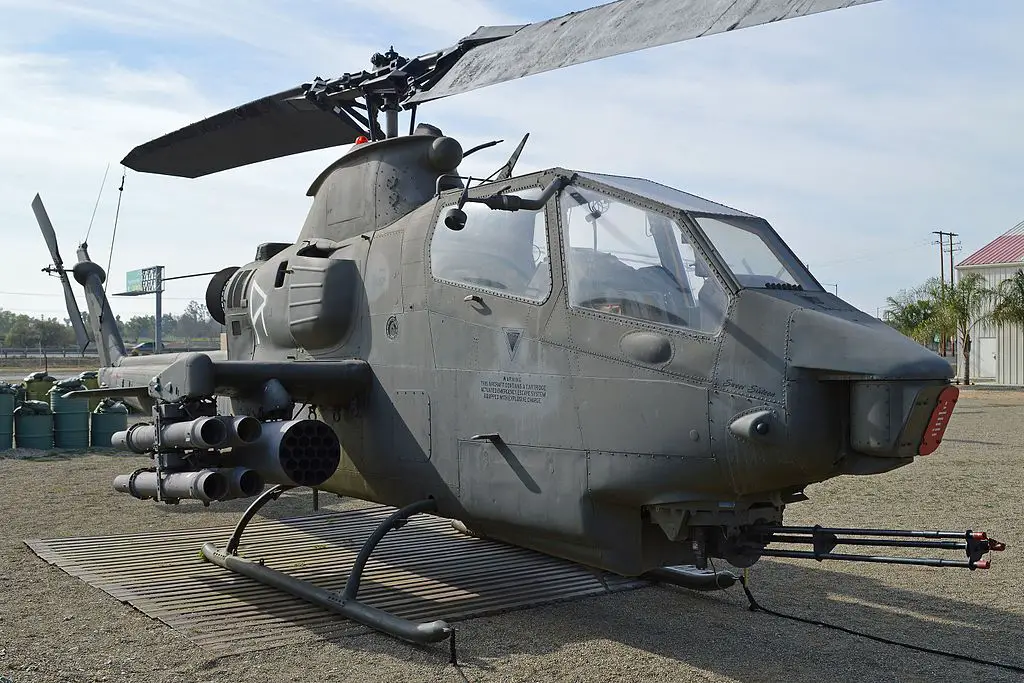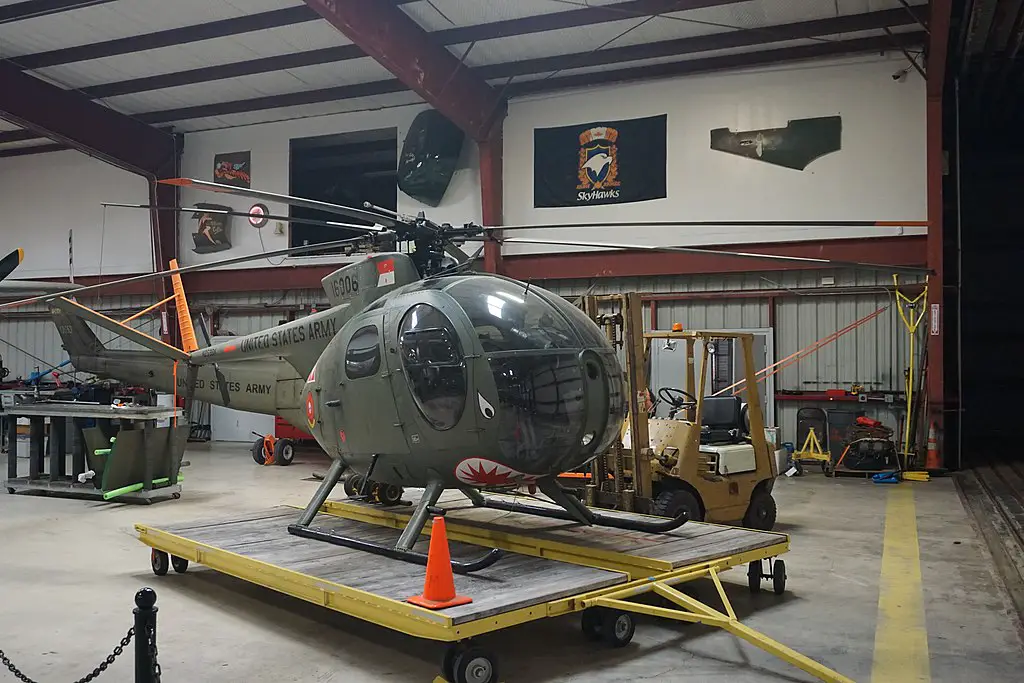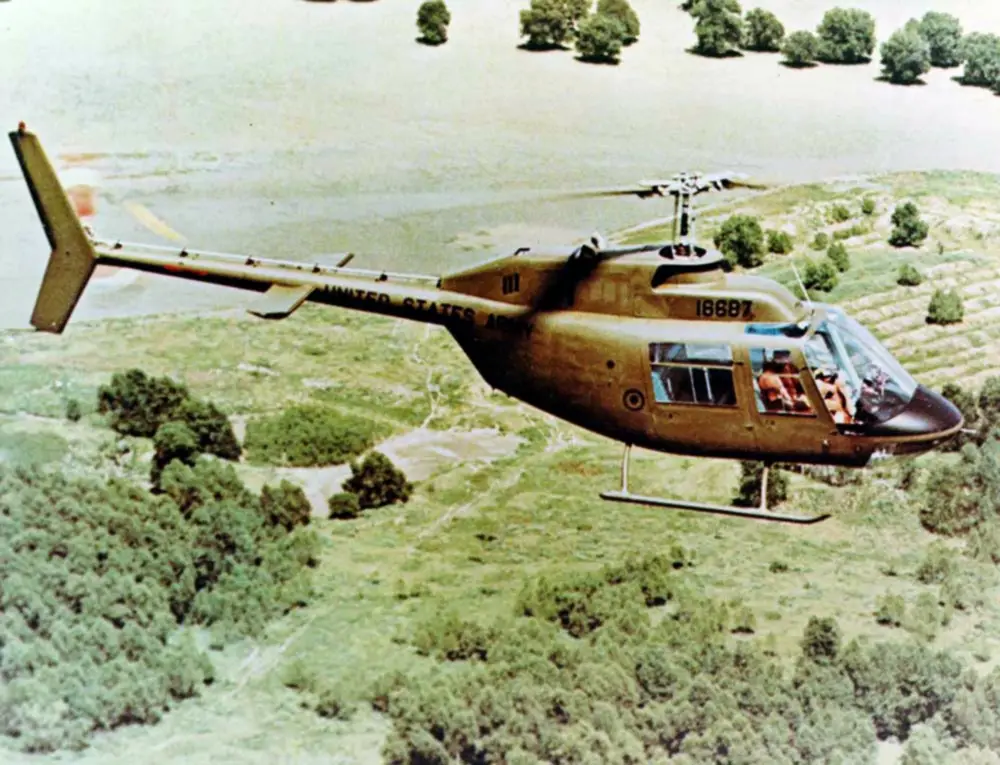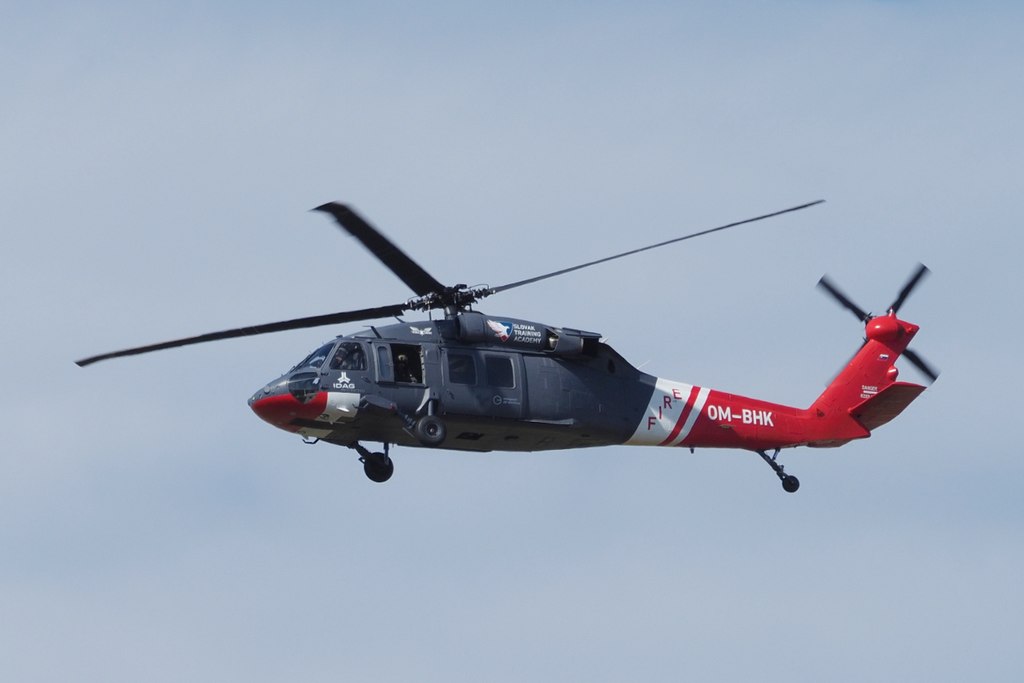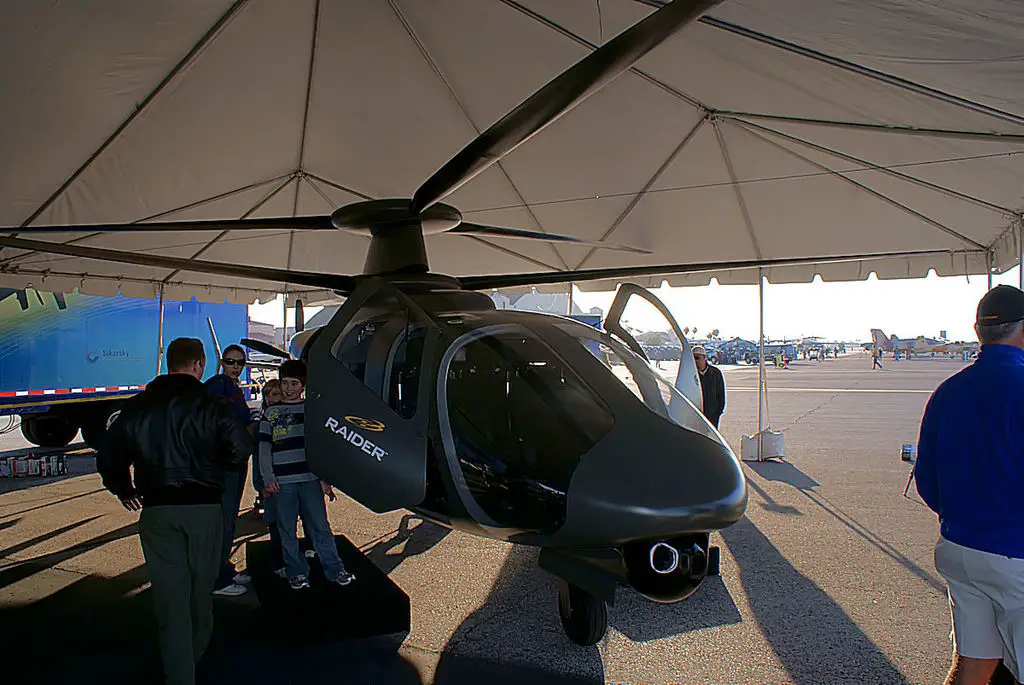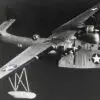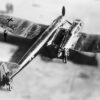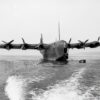A twin-turbine two-seat armed reconnaissance helicopter, the RAH-66 Comanche was an aircraft that just couldn’t meet its high expectations. Built for armed reconnaissance, light attack, and air combat, the Comanche was fully equipped, extremely heavy, and downright unsuccessful.
Countering Soviet Threats
During the 1980s, the United States believed that the Soviet Union was still funnelling money into their own advanced military operations. As a result, the US Army began looking for a suitable replacement for their older, worn-down light attack and reconnaissance helicopters and the Light Helicopter Experimental (LHX) program was born.
The intent was to replace all the Vietnam-era helicopters. The ultimate goal was simple in theory but rather difficult in practice. How they could build a single rotorcraft that would replace but make up for the Bell UH-1 Iroquois, Bell AH-1 Cobra, Hughes OH-6 Cayuse, and Bell OH-58 Kiowa helicopters would be the challenge.
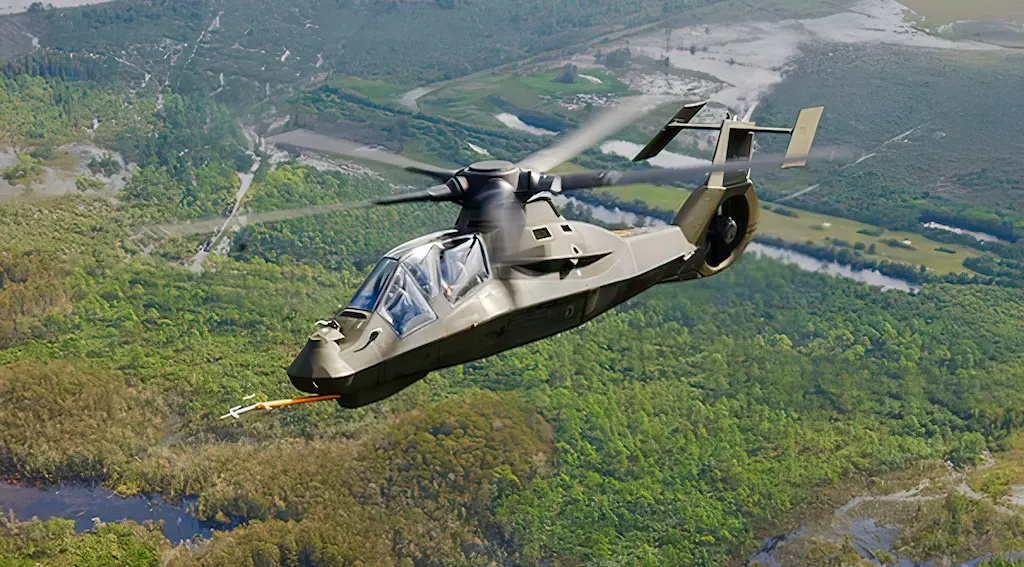
By the end of the 1980s, only Boeing-Sikorsky and Bell-McDonnell Douglas had met the proposal requirements and each was provided contracts to further develop their designs. However, it was Boeing-Sikorsky that was granted $2.8 billion to begin their production on six prototypes.
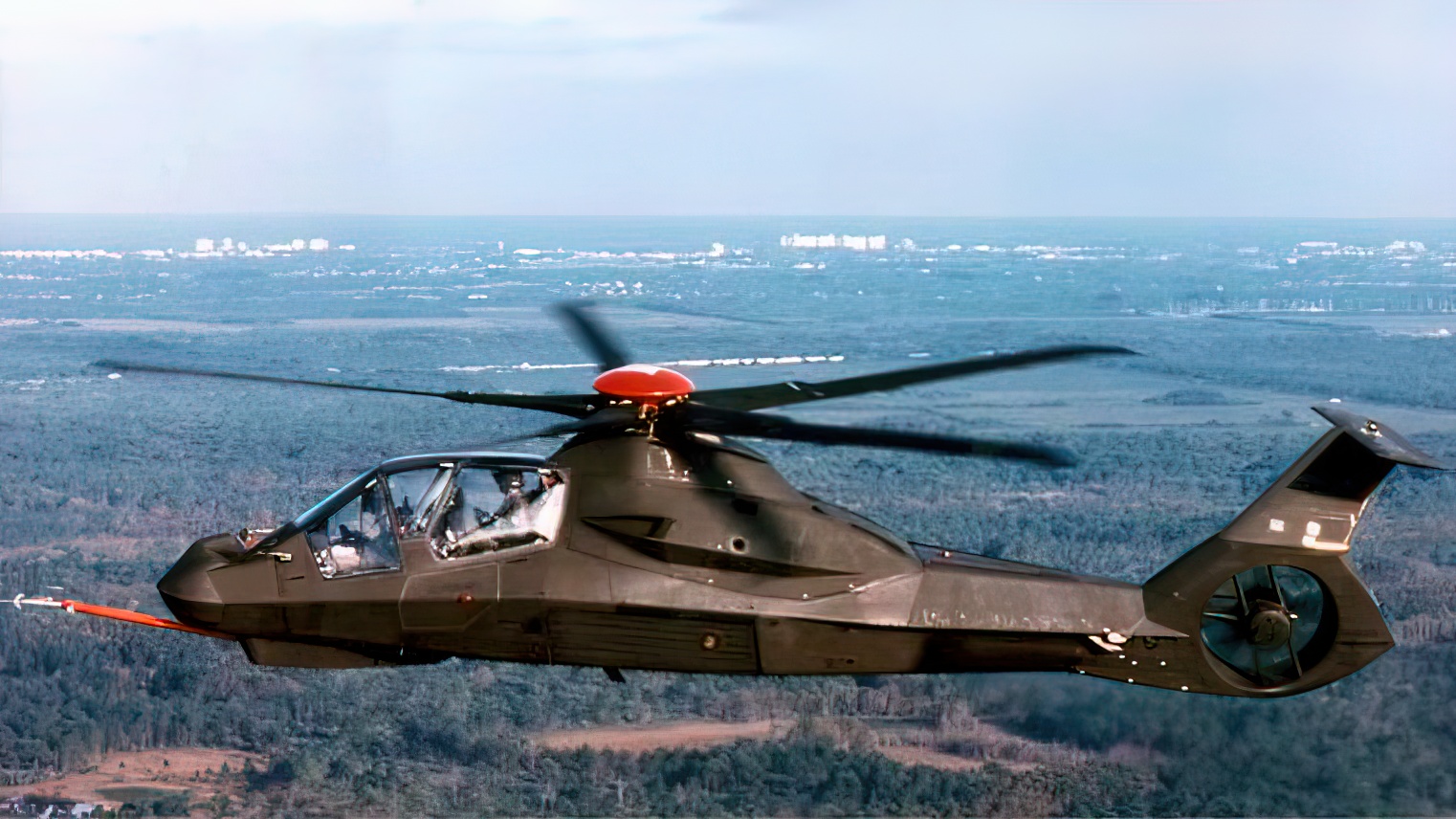
Specifications
The RAH-66 Comanche prototypes were exceptional. Their surfaces were built from radar-absorbing composite materials to lower the overall radar signature of the rotorcraft. Moreover, engine exhaust was funnelled through the tail section to help reduce the overall infrared signature by 75 per cent.
The blades of the Comanche were equipped with graphite armour plating that could withstand heavy gunfire whilst generating half of the noise as that of a traditional helicopter. An additional Longbow radar could be mounted above the rotors to give the pilots critical situational awareness. The Comanche could reach a speed shy of 200 miles per hour (321 kilometres per hour). Impressively, it could even pull off loop-de-loops in the air.
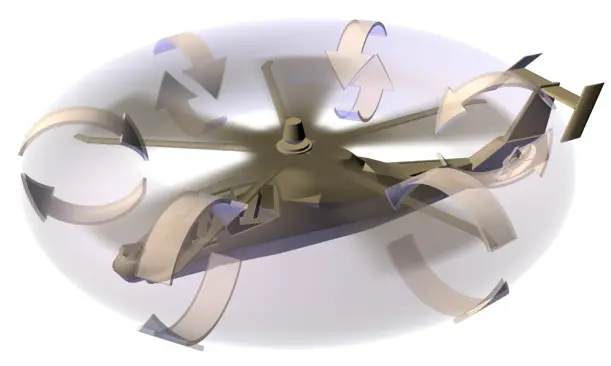
The munitions supplied on the Comanche indicate it was meant to engage both air and ground targets on the battlefield. It was internally equipped with a retractable 20-mm XM301 Gatling cannon and had space for 6 AGM-114 Hellfire missiles.
With established air superiority, the Comanche could have an additional external pylon mounted that could equip another 8 AGM-114 Hellfire missiles. Additionally, 12 AIN-92 Stinger air-to-air missiles could also be mounted on external pylons.
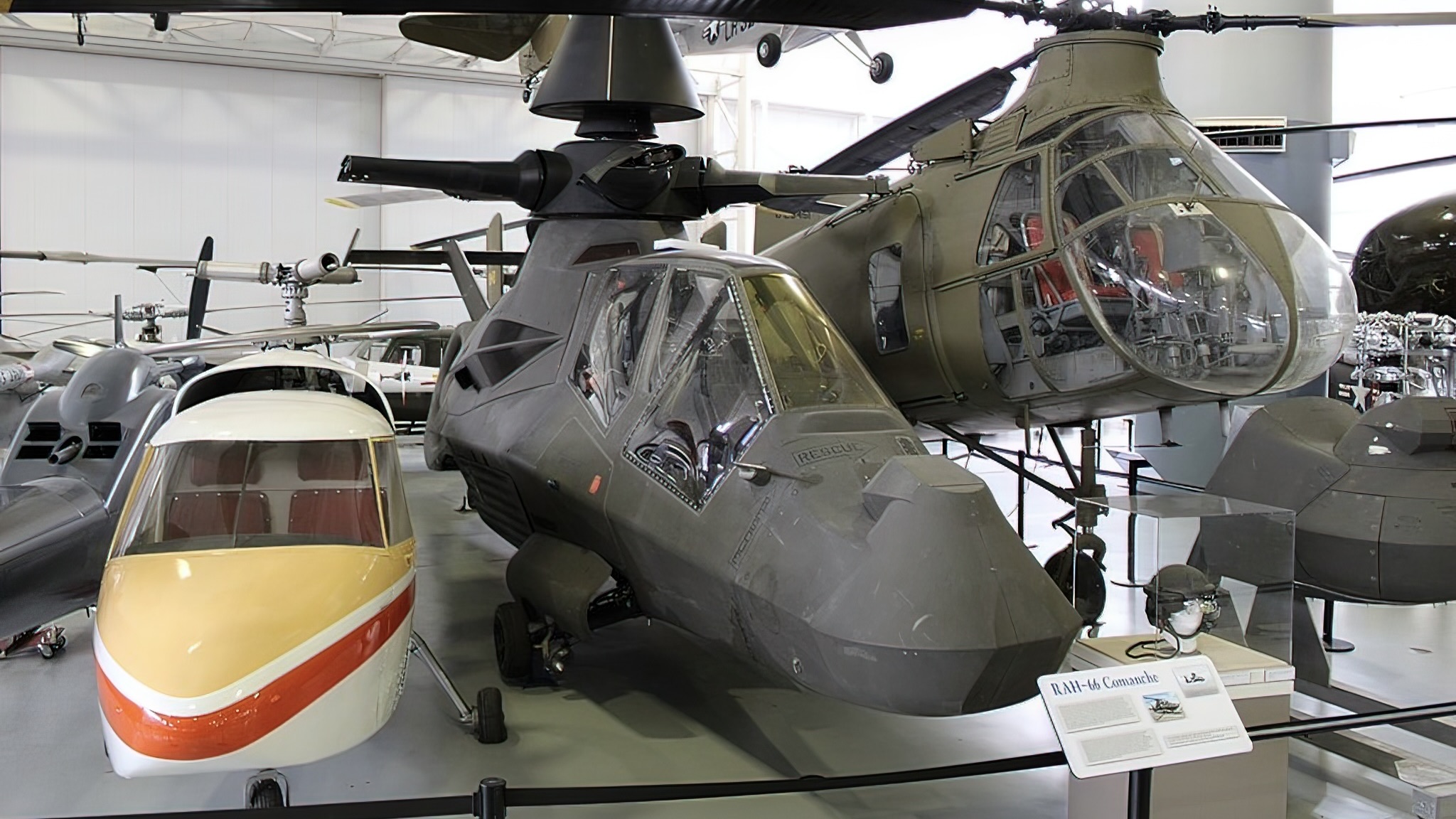
Expectations
With all of these costly and impressive specs, the Comanche had to meet high expectations. Yet, to the dismay of those involved with the Comanche’s development, nearly every system intended for use inside the rotorcraft was met with obstacles.
The biggest blow was the number of bugs in the software. That meant that the quality of use was diminished, difficult to fix, as well as expensive. The helicopter had another set of disappointments, such as the weak accuracy of the 3-barrel cannon, the target detection system not meeting expectations, and lethargic efforts to reduce overall weight.
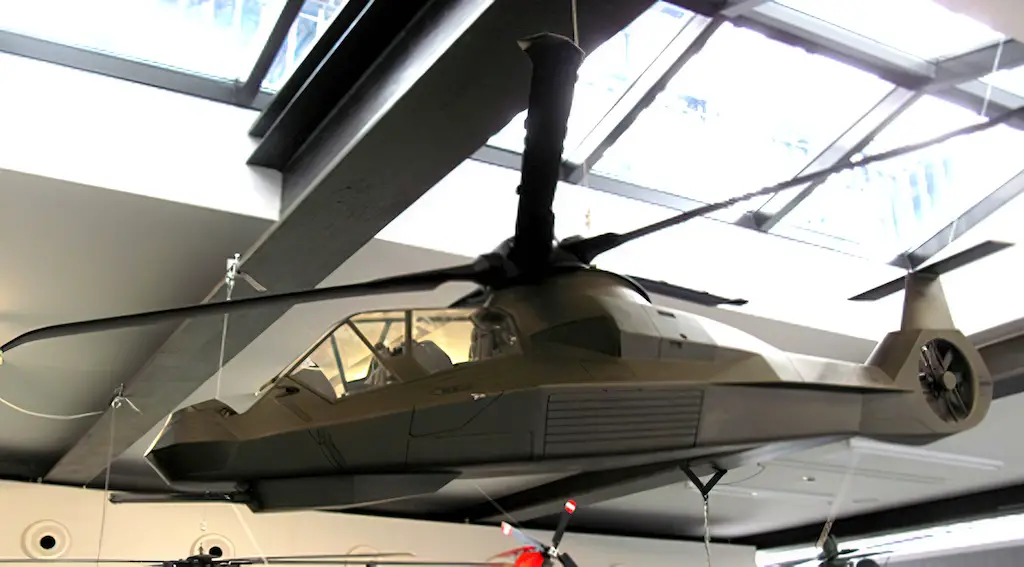
Cancellation
After the September 11, 2001 attacks, the US Army changed its defence priorities. As a result, requirements for reconnaissance and light attack platforms were replaced by the need for anti-terrorism operations and campaigns. The Army reduced its original order of 1,213 helicopters by almost half, while still waiting for the RAH-66 Comanche to meet their expectations.
Then, two years after 9/11, the entire program was scrapped. The final product was halted after only two prototypes following two decades of hard work and expenses amounting to nearly $7 billion. A half-a-billion-dollar penalty was issued for cancelling the program.
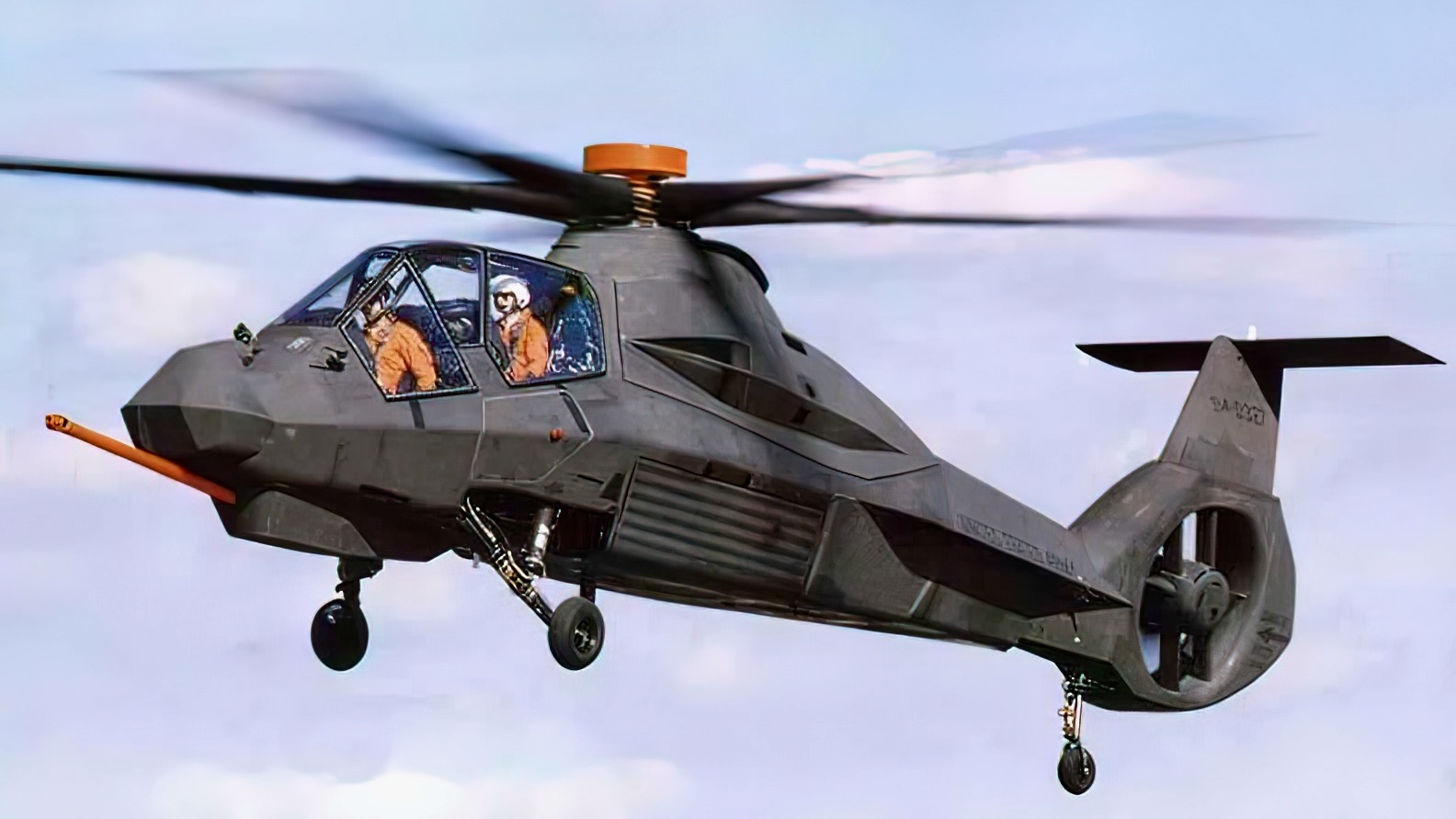
In spite of being scrapped, the program is still generally seen as a success since the program provided invaluable information for the future development of rotorcraft.
Many of the parameters for the Comanche can be spotted on other helicopters. The UH-60 Black Hawks are extremely quiet, a detail likely borrowed from the RAH-66 Comanche program. The S-97 Raider, Sikorsky’s latest program, is also reminiscent of the company’s previous RAH-66 program, giving way to the idea that the rotorcraft was simply ahead of its time.
As there is continuous progress in the development of new technologies, it is almost certain that a rotorcraft can meet the expectations of the Comanche without the extra weight and unnecessary agility.

